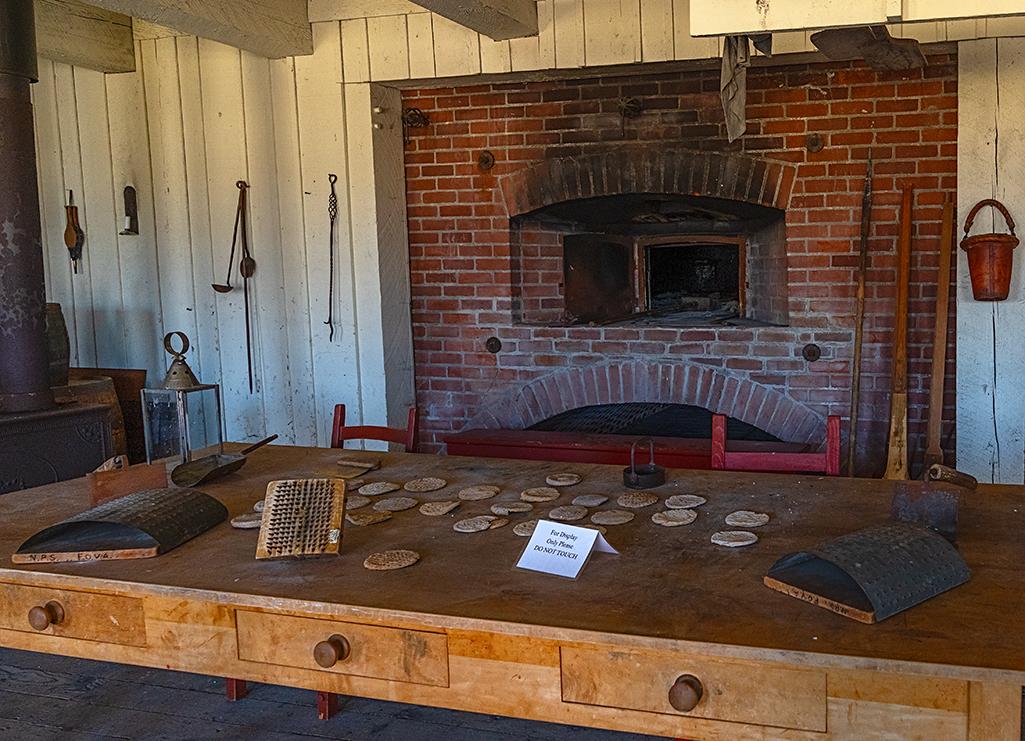
Inside the bake house at Fort Vancouver National Historic Site / Rebecca Latson
Ok Travelers, it’s time to test your knowledge of the wondrous plants, animals, history and even oddities found within units of the National Park System. How much do you really know about the parks? Maybe more than you realize! Take the quiz first before looking at the answers. Perhaps you’ve learned something new.
1. A visit to the bake house at Fort Vancouver National Historic Site in Washington state will introduce you to hardtack, a long-lasting, dense biscuit of flour, water, and sometimes salt that was given to soldiers and sailors for long voyages and military campaigns. Hardtack was also known as ___.
a) Brewis
b) Cabin bread
c) Molar breakers
d) Sea biscuit
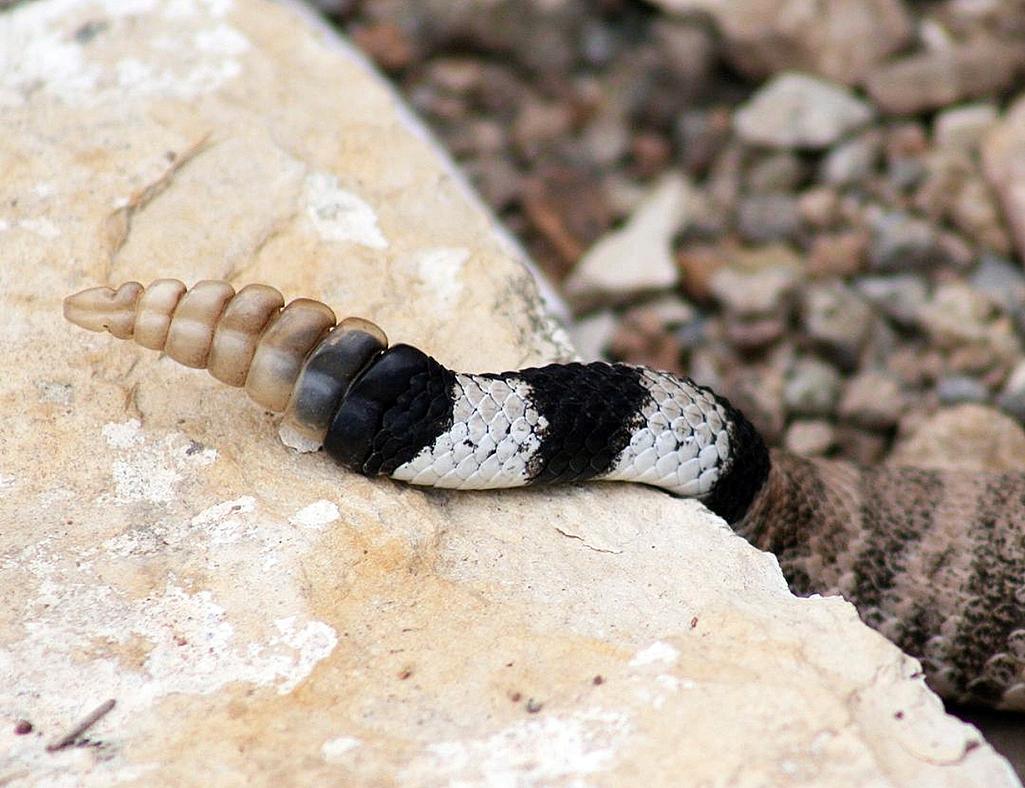
A rattlesnake's rattle, Big Bend National Park / NPS - J. Jurado
2. While hiking around Big Bend National Park in Texas, you might encounter a rattlesnake on the trail. True or False: You can determine the age of a rattlesnake by the number of rattles on its tail.
a) True
b) False
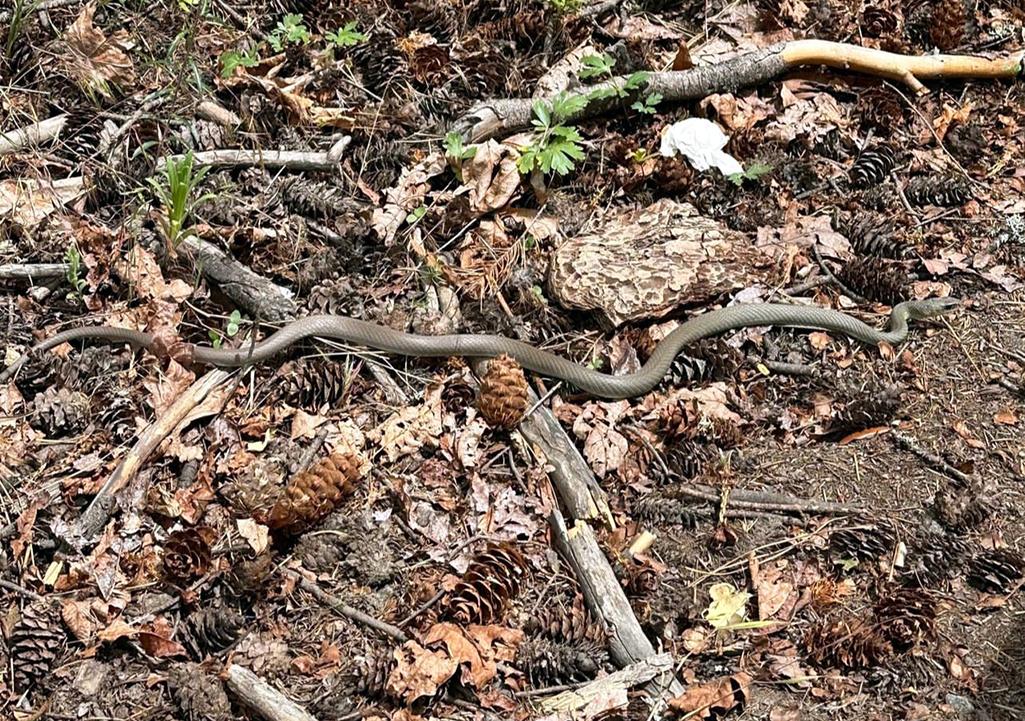
Western yellowbelly racer, North Cascades National Park Complex / NPS
3. Let’s stick with snakes a little longer. The snake in this image is a western yellowbelly racer that was seen along the side of the road at the small community of Stehekin located in the North Cascades National Park Complex. They are non-venomous and very fast, and one of just a handful of snakes that call the North Cascades home. True or False: in addition to non-venomous snakes, there are at least two venomous snakes found within the boundaries of this park complex.
a) True
b) False
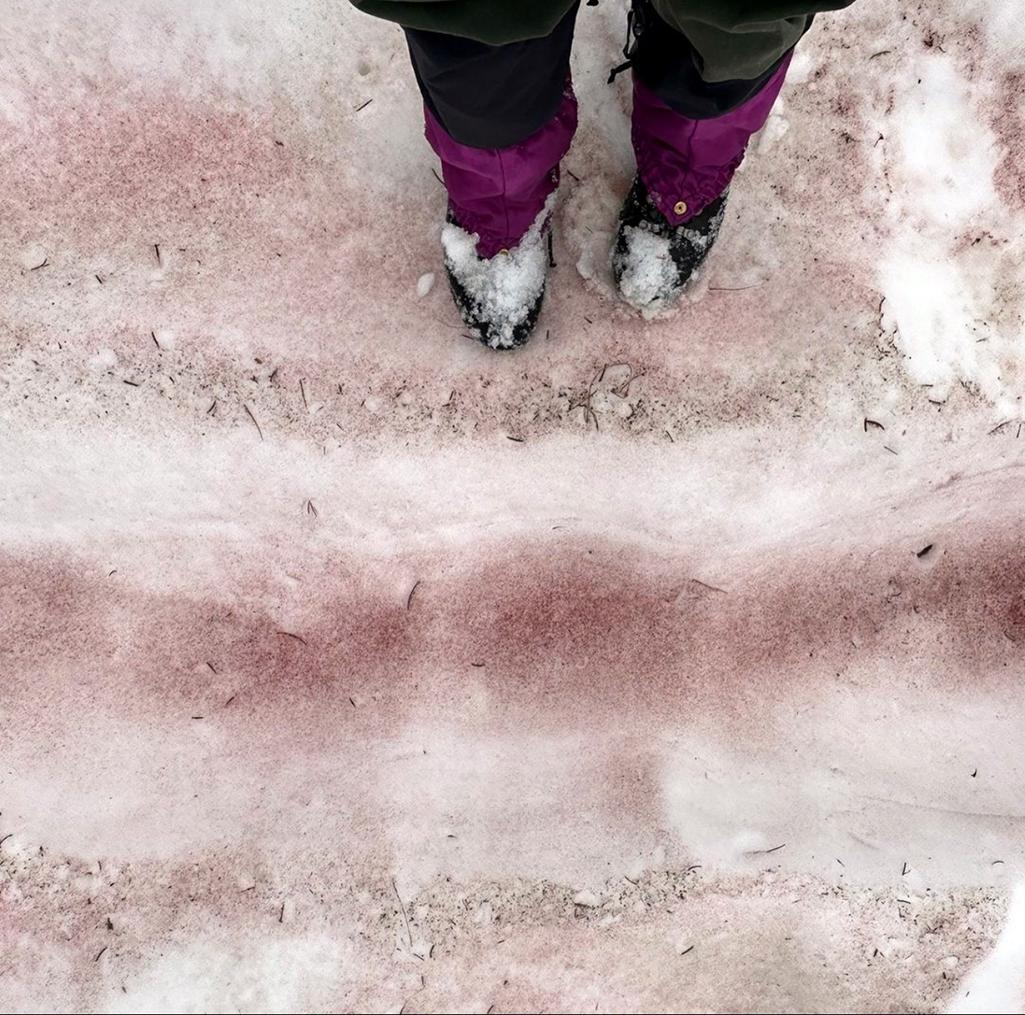
Pink snow, Great Basin National Park / NPS - W. Hutton
4. If you happen to be visiting Great Basin National Park while there is still snow on the ground, you may come across a pink patch of snow also known as watermelon snow or blood snow. True or False: This pink coloration is due to green algae.
a) True
b) False
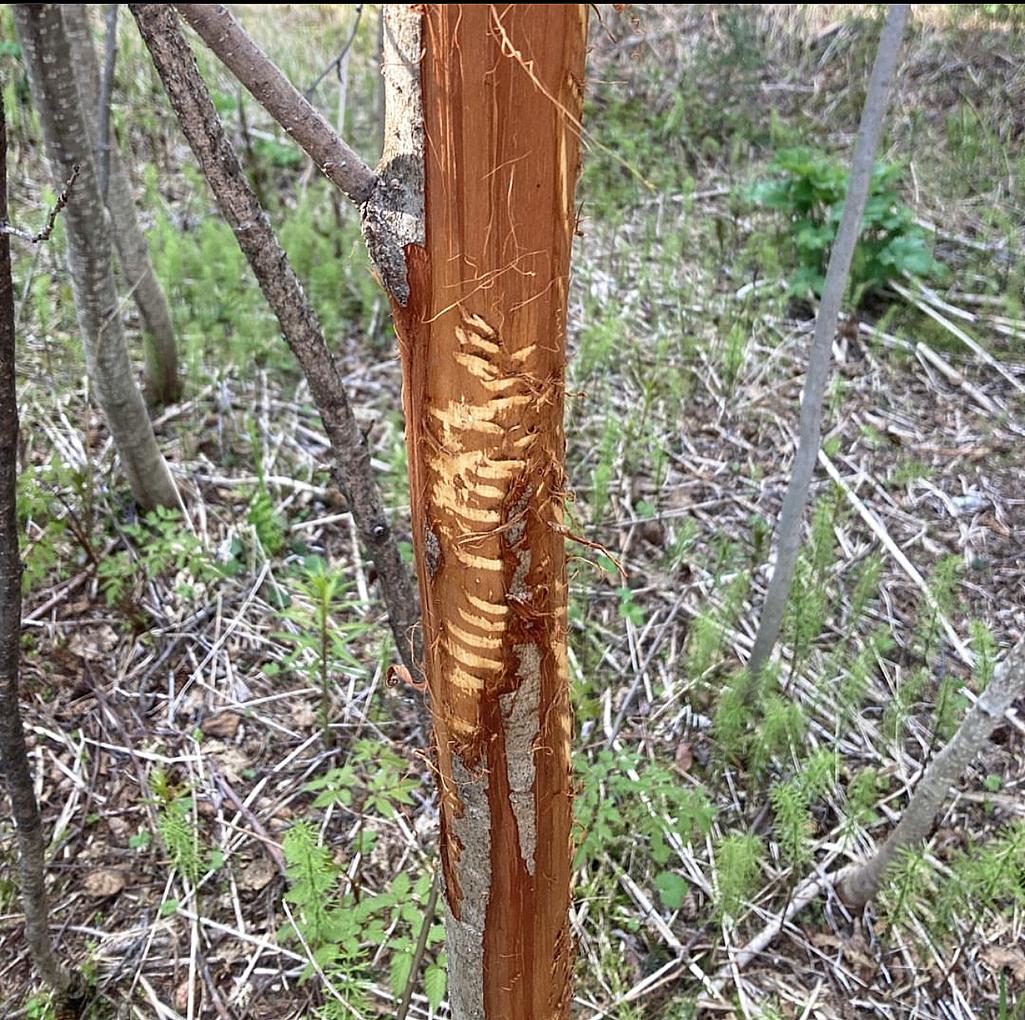
What animal left these claw marks? Lake Clark National Park and Preserve / NPS
5. While hiking through a forest at Lake Clark National Park and Preserve, you might notice a tree trunk with marks in it like in the image above. What animal do you think left those marks?
a) Raccoon
b) Porcupine
c) Brown bear
d) Fox
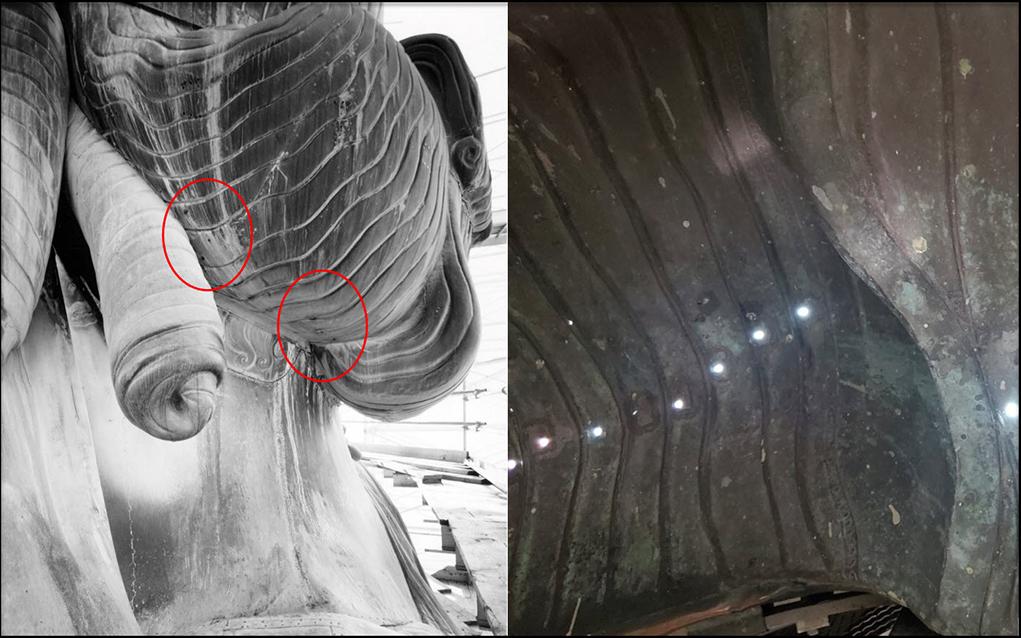
Holes in Lady Liberty, Statue of Liberty National Monument / NPS
6. “If you go to the crown of the Statue of Liberty [at Statue of Liberty National Monument in New York], you may notice a series of round holes in the back of her head. In fact, there are a bunch of these holes all over the statue.” These are called ___.
a) Drain ducts
b) Weep holes
c) Rain drains
d) Water weeps
7. Take a visit to Fossil Butte National Monument, and among all the wondrous fossils you will see, you’ll discover their most common fossil is the ostracod, a tiny, peanut-shaped crustacean sometimes known as “seed shrimp.” The second most common fossil after ostracods at this national monument is / are ___
a) Coprolite
b) snakes
c) leaves
d) birds
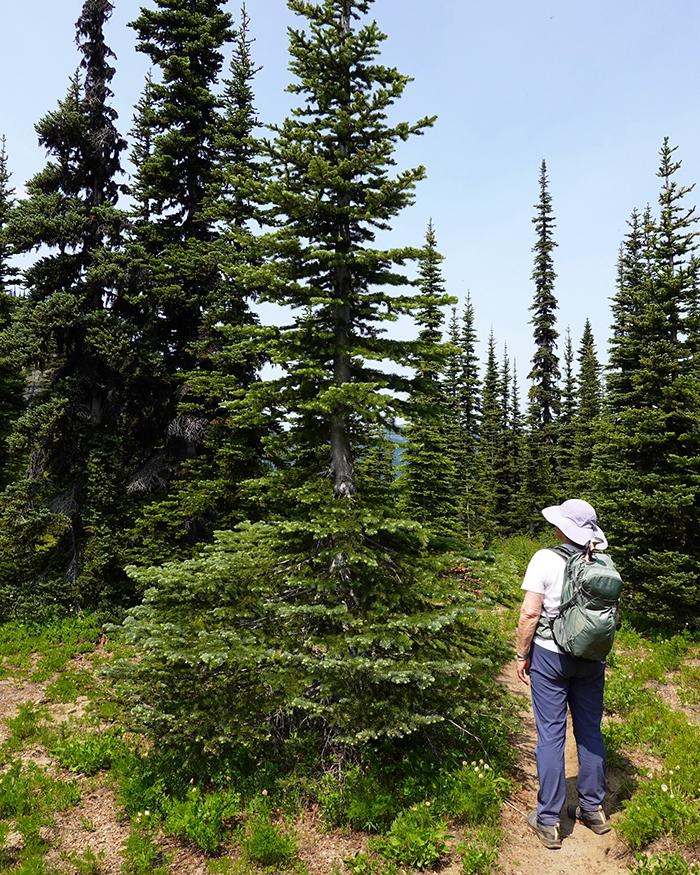
Sparse at the top, dense at the bottom, Mount Rainier National Park / NPS
8. “It may be summer, but signs of Mount Rainier’s long winters are still visible in the landscape.” For instance, as you hike through the forest, you might notice trees with “stunted upper branches and longer, denser branches near the ground,” such as in the image above. This is called ___.
a) Whorling
b) Skirting
c) Snowpack growth
d) Branch gathering
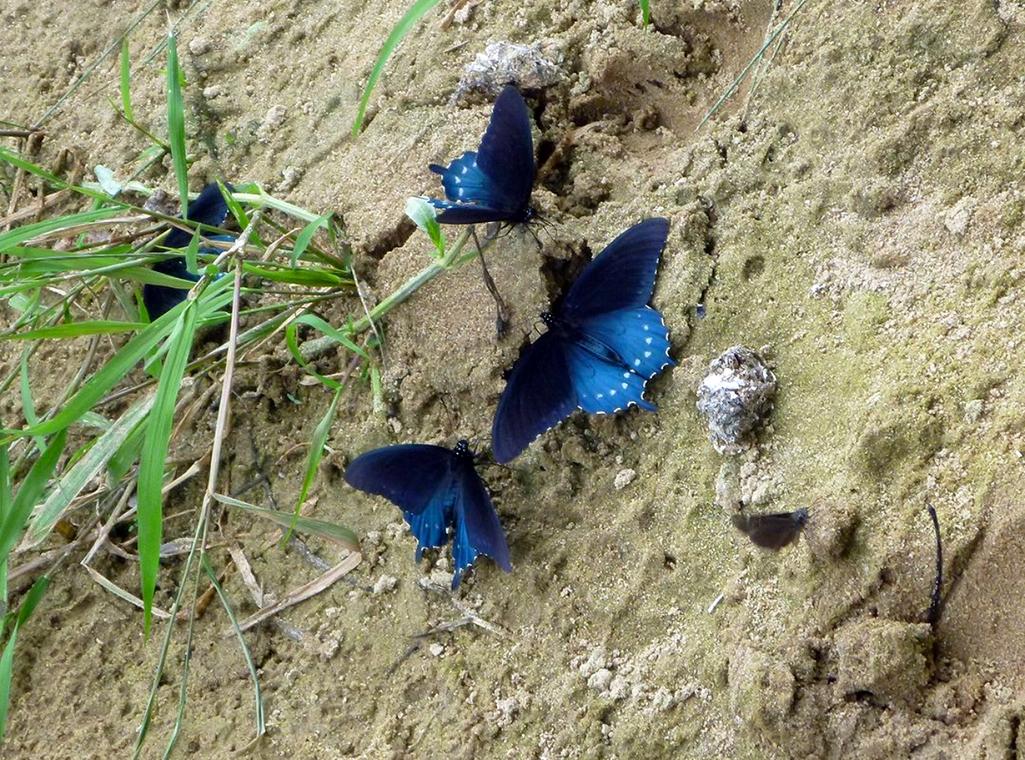
A bevy of blue butterflies, Buffalo National River / NPS
9. As you float along the Buffalo National River in Arkansas, you might spot congregations of butterflies on the wet mud or sand of the shore or on other moist things such as dung or even carrion. This is called ___.
a) Buffling
b) Sponging
c) Piddling
d) Puddling
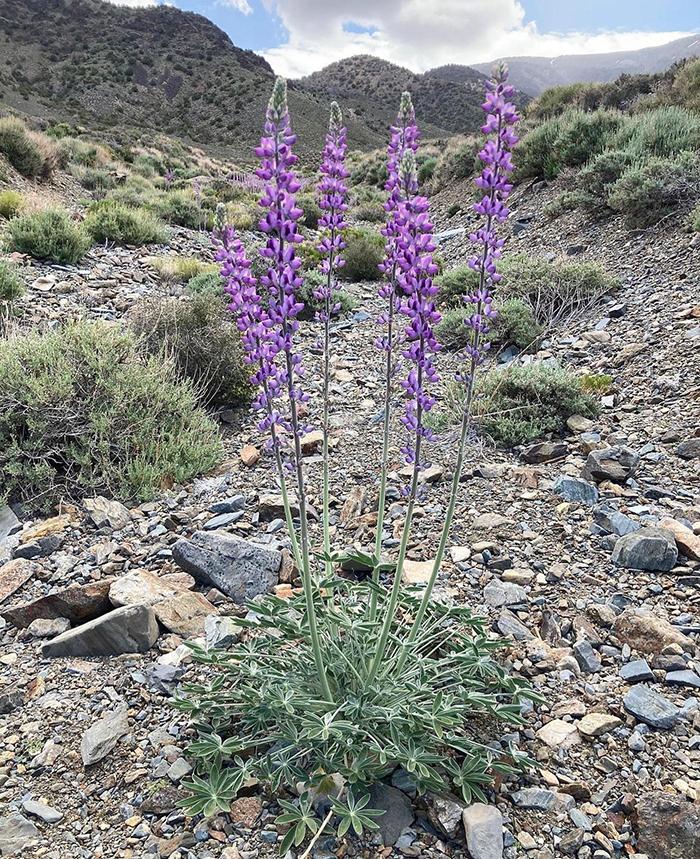
A pretty purple lupine with a very distinctive fragrance, Death Valley National Park / NPS
10. This lovely lupine found in the Panamint Mountains at Death Valley National Park gives off the distinct, sweet smell of ___
a) Grape soda
b) Ripe plums
c) Blackberries
d) Strawberry Crush
Trivia
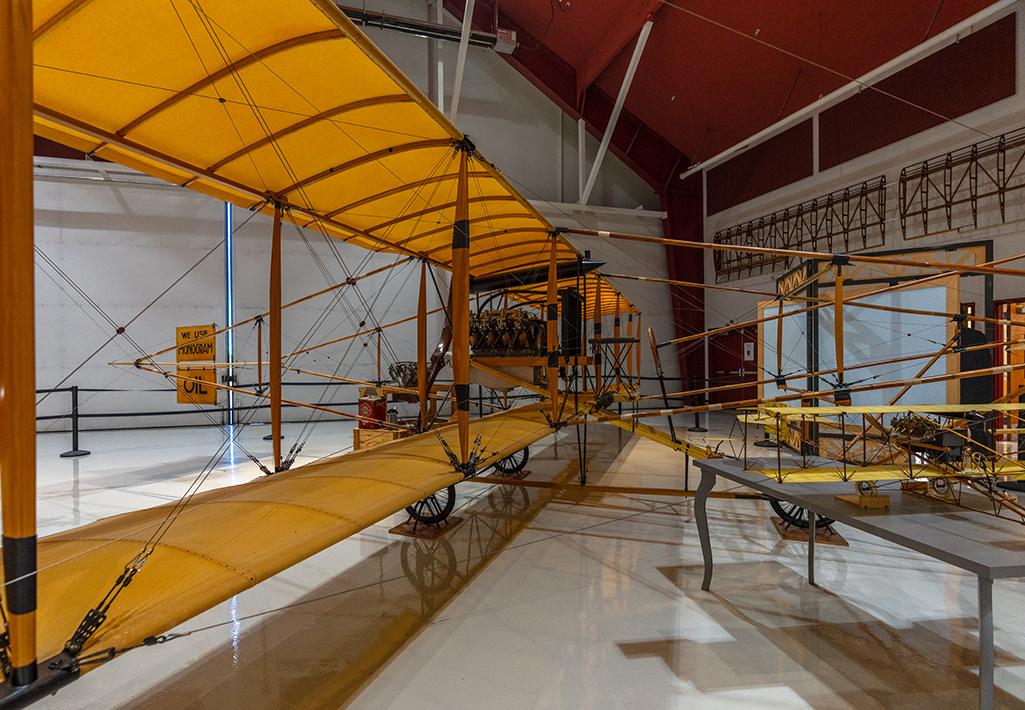
The Curtiss Pusher, Pearson Air Museum, Fort Vancouver National Historic Site / Rebecca Latson
Enclosed by the walls of the Pearson Air Museum at Fort Vancouver National Historic Site are exhibits telling the story of early aviation history at Pearson Field in Vancouver and the pilots who flew those planes. One of the planes you will see if you visit is called the Curtiss “Pusher,” which was “the first mass-produced airplane and a hallmark of early aviation during the 1911 – 1914 time period.” Designed by Glenn H. Curtiss and built by the Curtiss Aeroplane and Motor Company of Hammondsport, New York, “the Pusher got its name from the rearward facing motor and propeller, which “pushed” the aircraft through the air. It set many world aviation firsts, including the first flight from a ship and the first landing on a ship.”
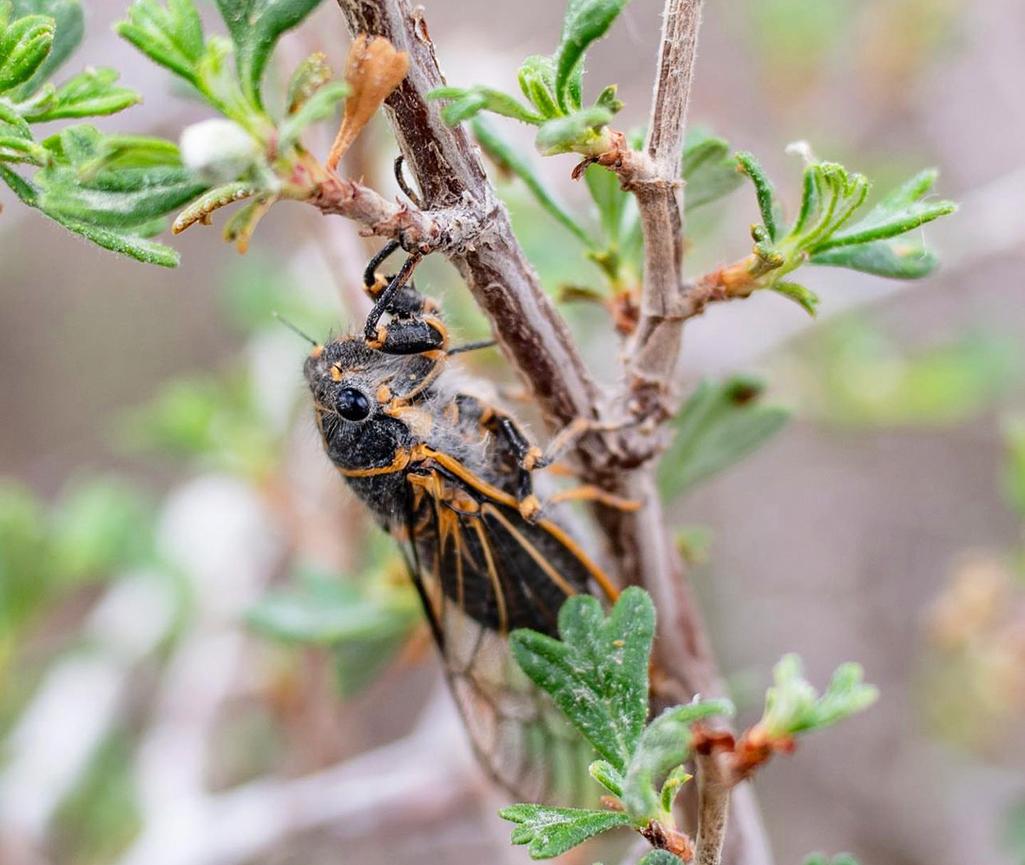
Putnam's Cicada, Bryce Canyon National Park / NPS
While hiking among the trees at Bryce Canyon National Park in Utah, you might hear a sort of ticking / clicking sound. That’s the sound Putnam’s cicadas (Platypedia putnami) make. Unlike the droning sound of other cicadas, the genus Platypedia “use a mechanism of sound production called ‘crepitation’ where the wings are snapped together above the body, against the body, or on vegetation to create a clicking sound.”
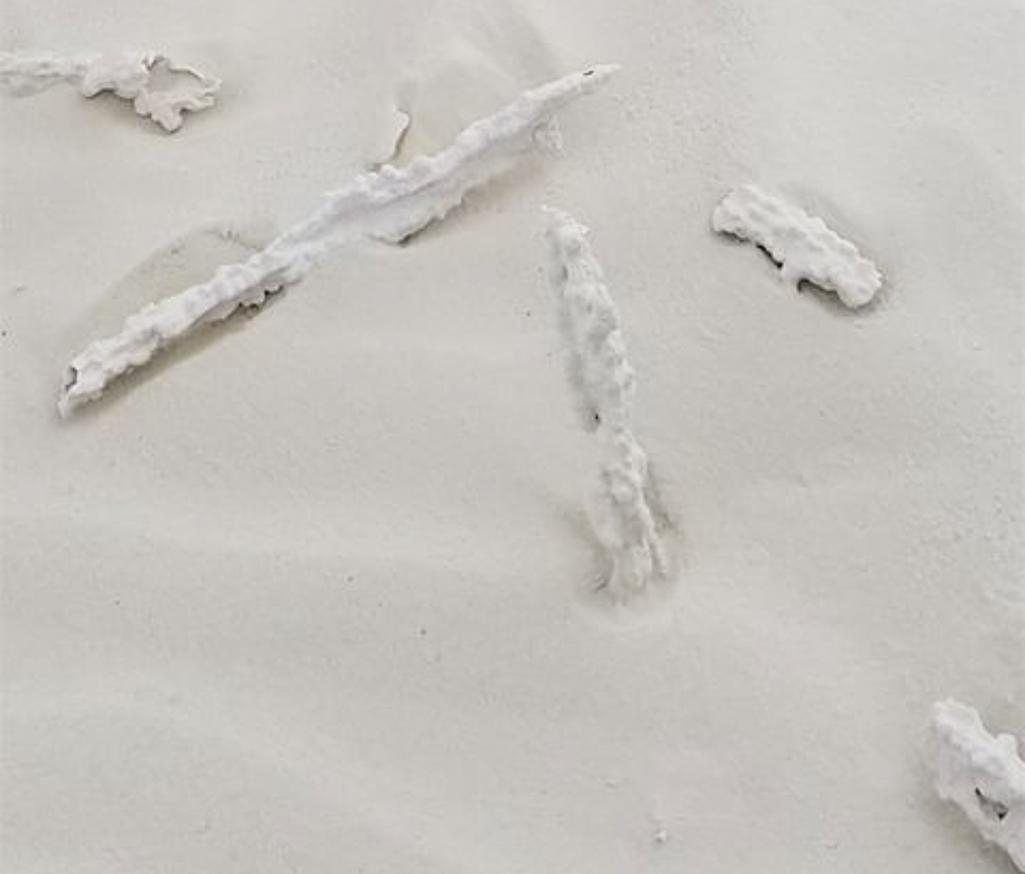
Fulgurites, White Sands National Park / NPS
It’s monsoon season at White Sands National Park in New Mexico. Along with the rains comes lightning. Take a walk in the dune field (not during a monsoon, of course) and you might come across some strange structures known as fulgurites. “These structures form when lightning strikes the sand, heating it and changing the form of the properties of the sand. Unlike common fulgurites made from quartz, gypsum fulgurites do not have a glass property. Bound sand from plant roots can be mistaken for fulgurite, but if you put a black light on the root-bound structures, the roots will glow.”
Quiz Answers
1 a, b, c and/or d
All of these answers are correct! As you can see, there were quite a few nicknames for this dense, dry type of sustenance.
2b False
“While a new segment is added to their rattle every time a snake sheds its skin, that does not occur just on an annual basis. For instance, baby snakes grow rapidly during their first year of life and can shed their skin multiple times that first year. As a snake ages, its growth rate slows down so it might not even shed its skin once a year. Plus, snakes living in warmer climates (like Texas) will be more active, consume more food, and grow faster, hence more segments added to their rattles during the course of a year.”
3b False
The western rattlesnake is the only venomous snake in the park, and found east of the Cascade Crest. Oh, FYI, if you see a snake in the North Cascades and don’t know if it’s venomous or not, the rule of thumb is if the snake has a distinctively triangular-shaped head protruding past the width of its body, then it’s venomous. And, well, if it shakes its tail and you hear it rattle, you’ll know it’s venomous too, ahem.
4a True
The pink color in watermelon snow is due to a blooming green algae known as Chlamydomonas nivalis. So why is green algae pink? According to the NPS, “it’s because this species contains both green chlorophyll and a secondary red carotenoid pigment. And, these pink-reddish colored algal blooms may impact snowmelt as they absorb more light and heat than the unimpacted snow and accelerate snowmelt around them.” The next time you see pink snow, pick up a little bit of it and sniff it. You might even smell watermelon (no kidding).
5b
According to the staff at Lake Clark National Park and Preserve, “at Chinitna Bay, porcupines will strip the bark of spruce, cottonwoods, and willow trees to get to the succulent inner bark, which are the phloem and cambium layers. These layers are important in the protection and promotion of growing trees. After a long winter in Alaska, the inner bark provides necessary nutrients for this mammal to survive until the spring shoots and leaves burst to life.”
6b
“Weep holes serve as drainage. The Statue of Liberty can be very leaky, and for almost one hundred years, water pooled inside the statue’s crevices. Over time, that water had corroded holes inside Lady Liberty’s nose, her eye, and the curls of her hair … To solve this problem, the [1980s] restoration team drilled a series of holes anywhere water might collect inside the statue.”
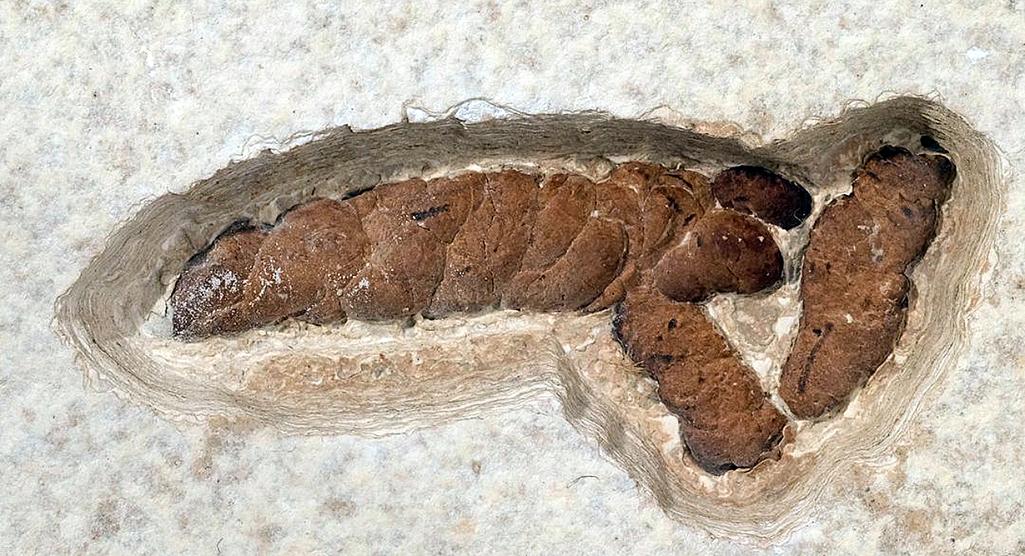
Coprolites are the second-most common fossils found at Fossil Butte National Monument / NPS
7a
Believe it or not, according to Fossil Butte National Monument, the second most common fossil after ostracods is “fossilized number two,” aka coprolite, whose Greek roots literally mean “poop stone.”
8b
“Harsh winds stunt the higher branches, while snow protects the lower growth.” This effect is known as “skirting.” In that image above Question 8, “the changes in branch growth reveal the typical snowpack to be about five-to-six feet (5’9” person for scale).”
9d
“When [butterflies] puddle, they absorb liquid nutrients and minerals, like nitrogen and sodium. The salts and amino acids that they find in waste is needed for their survival. Butterflies have micro-sponges found at the tip of their tongues making it possible to easily take in nutrients from the wet ground. Puddling behavior is more commonly seen in males. They benefit from the sodium uptake as it aids in reproductive success. Then the nutrients are transferred to the female during mating. This dose of extra nutrition helps ensure that the eggs survive.”
10a
The grape soda lupine (Lupinus excubitus) gives off the distinct smell of – well – grape soda. The silvery sheen on the leaves is due to many small, shiny hairs. This member of the legume family can grow to six feet (1.8m) in height.


